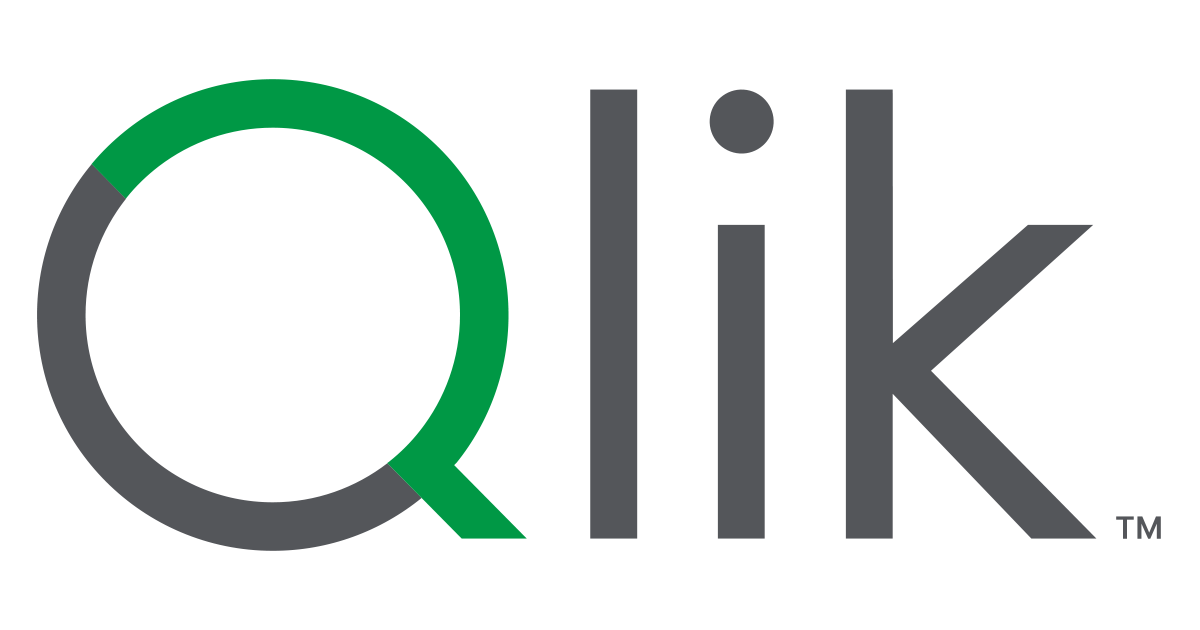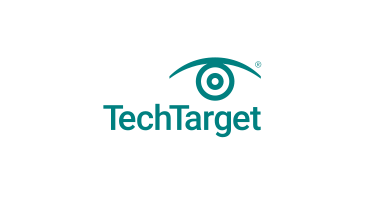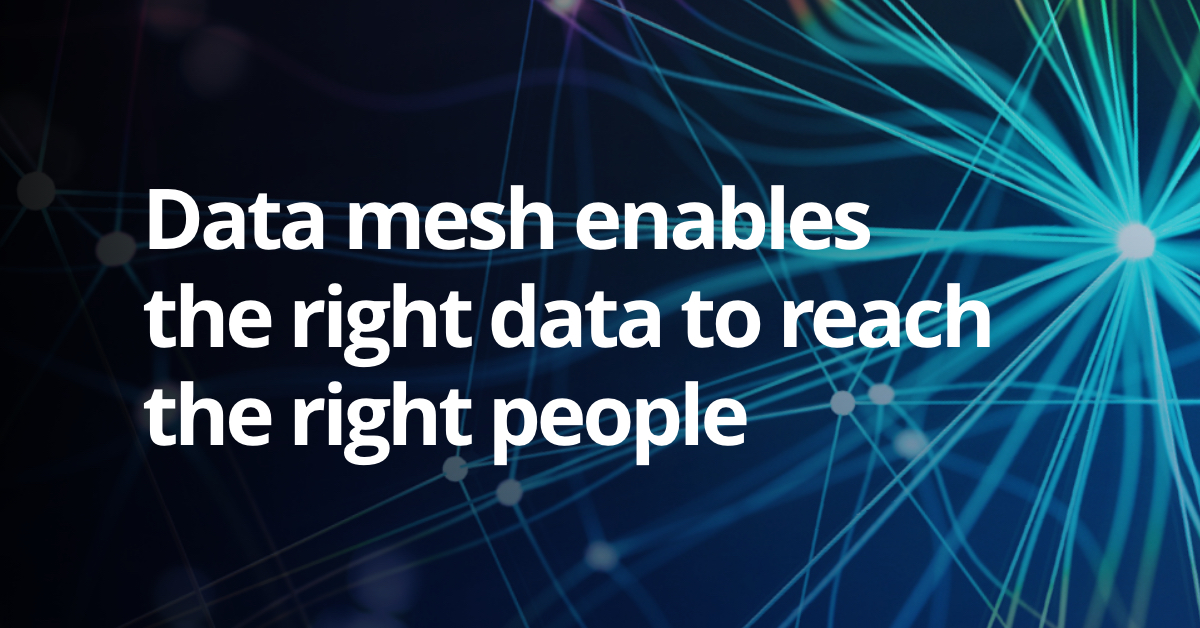Data mesh is a cultural and organizational shift for data management focusing on federation technology that emphasizes the authority of localized data management. Data mesh is intended to enable easily accessible data by the business. Data assets are analyzed for usage patterns by subject matter experts, who determine data affinity, and then the data assets are organized as data domains. Domains are contextualized with business context descriptors. Subject matter experts use the patterns and domains to define and create data products. Data products are registered and made available for reuse relative to business needs.
References
-
 What is a Data Mesh how and why businesses use Data Mesh, and how to use Data Mesh with AWS.🔗Amazon Web Services, Inc.
What is a Data Mesh how and why businesses use Data Mesh, and how to use Data Mesh with AWS.🔗Amazon Web Services, Inc. -
-
 Four principles that drive a logical architecture for a data mesh.🔗martinfowler.com
Four principles that drive a logical architecture for a data mesh.🔗martinfowler.com -
 As enterprises become more agile, centralization appears more and more as a thing of the past world, a waterfall world. The same appears to be true with data platforms. Therefore, we are building a…🔗Medium
As enterprises become more agile, centralization appears more and more as a thing of the past world, a waterfall world. The same appears to be true with data platforms. Therefore, we are building a…🔗Medium -
 Data mesh is a cultural and organizational shift for data management focusing on federation technology that emphasizes the authority of localized data management.🔗Gartner
Data mesh is a cultural and organizational shift for data management focusing on federation technology that emphasizes the authority of localized data management.🔗Gartner -
 Learn what a data mesh is, how it relates to a data fabric and how it leverages decentralization to democratize data across a large organization🔗ibm.com
Learn what a data mesh is, how it relates to a data fabric and how it leverages decentralization to democratize data across a large organization🔗ibm.com -
 A data mesh can help large organizations manage data successfully—if it’s understood that implementing one involves more than technology considerations.🔗McKinsey & Company
A data mesh can help large organizations manage data successfully—if it’s understood that implementing one involves more than technology considerations.🔗McKinsey & Company -
-
 A data mesh is a data architecture that decentralizes data ownership to business domains & provides a self-serve data platform & federated governance.🔗Qlik
A data mesh is a data architecture that decentralizes data ownership to business domains & provides a self-serve data platform & federated governance.🔗Qlik -
 Data mesh is a decentralized data management architecture based on four core principles that address shortcomings in traditional centralized architectures.🔗Data Management
Data mesh is a decentralized data management architecture based on four core principles that address shortcomings in traditional centralized architectures.🔗Data Management -
 Data Mesh is an analytical data architecture and operating model where data is treated as a product and owned by teams that most intimately know and consume the data.🔗Thoughtworks
Data Mesh is an analytical data architecture and operating model where data is treated as a product and owned by teams that most intimately know and consume the data.🔗Thoughtworks

 Mesh
Mesh